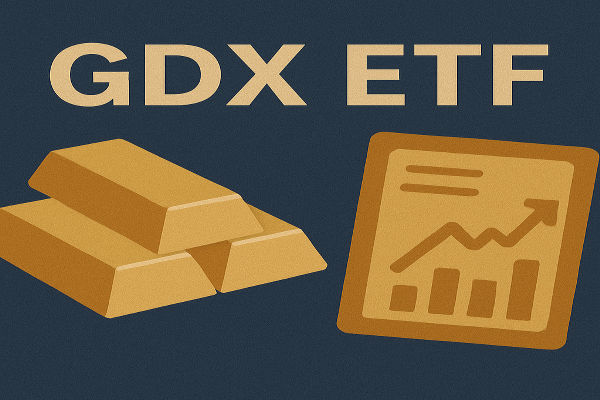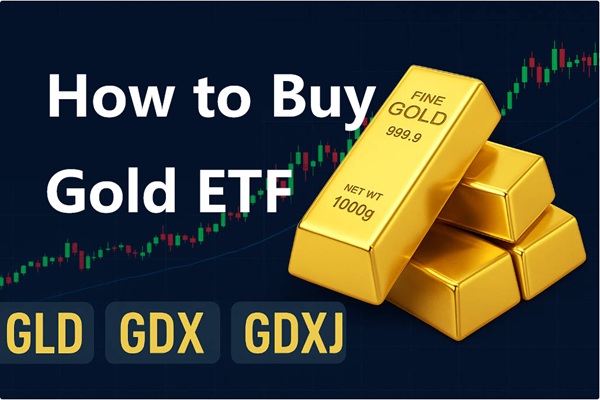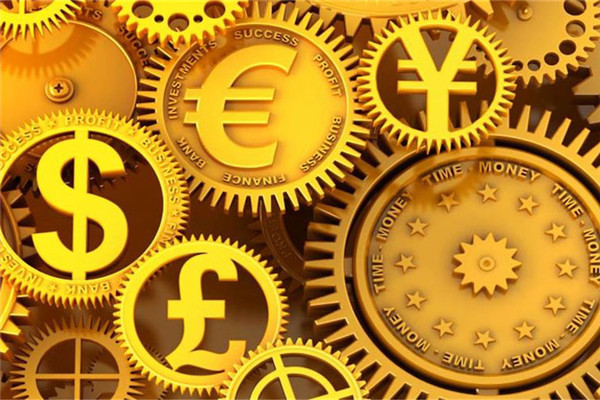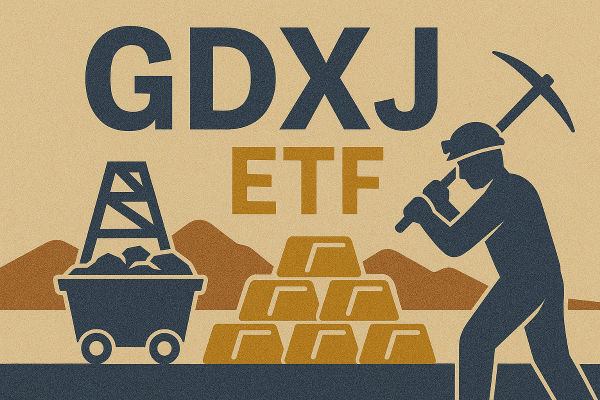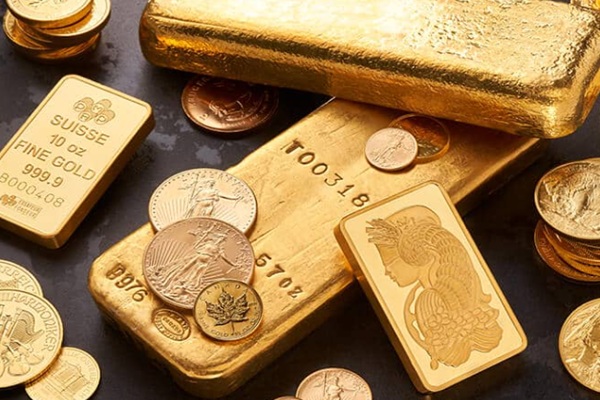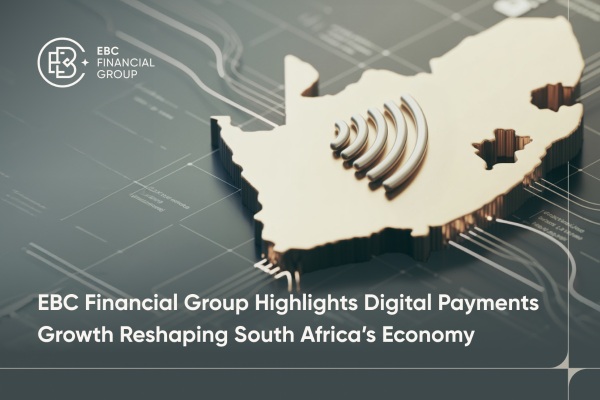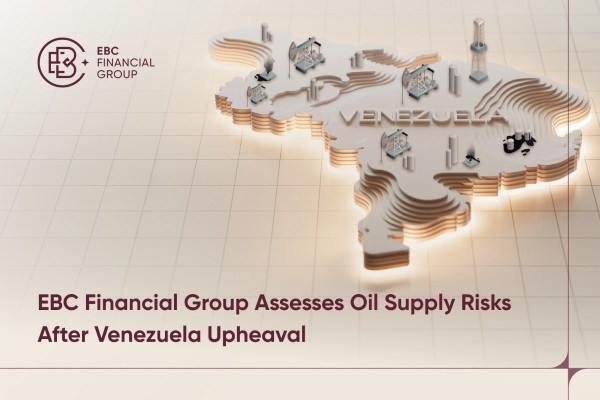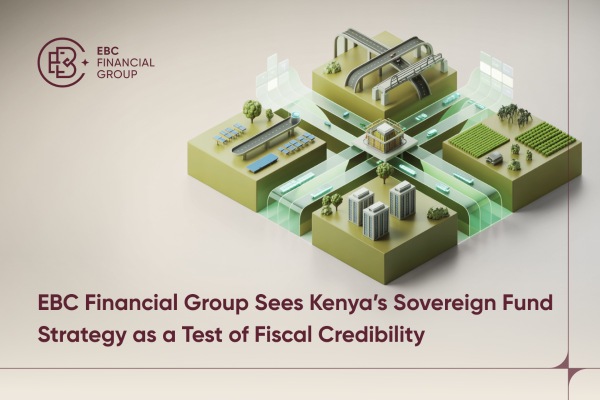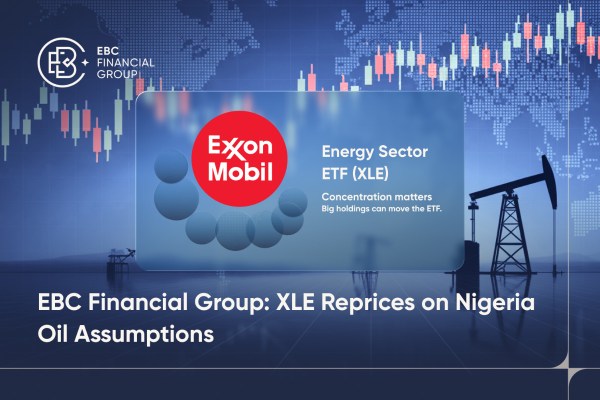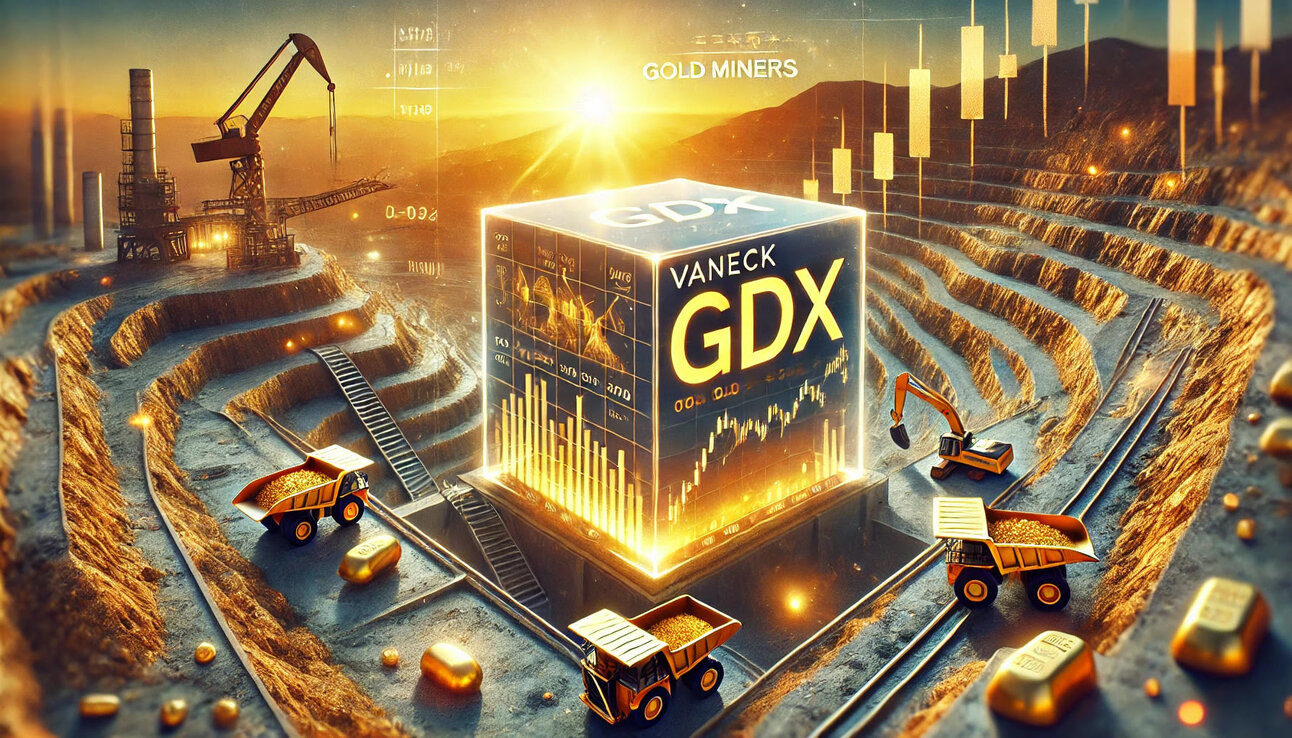
GDX offers exposure to gold miners in a single, liquid instrument, making it a distinct way to play the gold sector.
Unlike physical gold, its performance reflects both commodity trends and the operational realities of mining companies.
Understanding these dynamics helps traders and investors position GDX effectively within their portfolio and manage its unique risks.
1. GDX Tracks Gold Miners, Not Gold
GDX tracks the performance of leading global gold miners, not the metal itself. Its returns reflect the equity performance of companies whose profits are linked to gold but influenced by additional variables such as extraction costs, political stability, and operational execution.
This makes GDX inherently more volatile than gold. Price rallies in the metal may not fully pass through to the ETF if mining margins compress or sentiment turns against the sector.
It is also worth noting that GDX has tracking risks. While it aims to replicate the performance of the NYSE Arca Gold Miners Index, discrepancies can occur due to fund expenses, liquidity issues in smaller mining stocks, or sudden market dislocations. Investors who require precise gold exposure may prefer gold-backed ETFs such as GLD.

However, those seeking leveraged exposure to the gold sector through equities may find GDX appealing, provided they understand the risks.
In terms of cost, GDX has a management fee of 0.51% per annum, which is competitive within the thematic ETF space. For most retail investors, this is a reasonable price for gaining diversified exposure to gold miners without the need to pick individual stocks.
Still, the long-term returns of GDX can diverge meaningfully from gold itself, so performance expectations should be aligned accordingly.
Investors should treat GDX as a leveraged proxy on gold equities, capable of amplifying both upside and downside cycles.
2. Sensitivity to Market Sentiment
GDX functions more like a high-beta equity instrument than a traditional safe-haven asset. Its price action reflects not only movements in gold but also shifts in broader equity markets, interest rate expectations, and investor sentiment.
During risk-off periods, GDX often underperforms even when gold remains stable.
Earnings results and production guidance from major miners add another layer of volatility. Operational setbacks, cost inflation, or downward revisions in output can pressure the ETF despite supportive gold fundamentals.
3. Liquidity and Risk Profile
GDX is highly liquid, with tight bid-ask spreads, making it efficient for trading during market hours. This convenience removes the need to handle futures contracts or physical bullion storage.
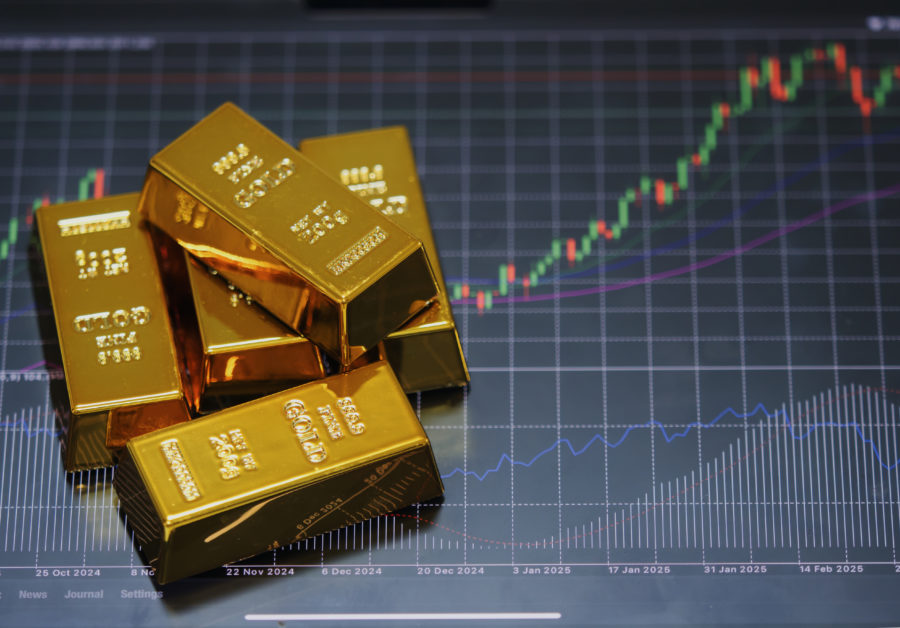
However, liquidity does not eliminate risk. GDX carries equity-specific volatility, tracking differences, and exposure to company fundamentals.
Tracking discrepancies can occur due to fund expenses or price moves in smaller miners, so its always good to set realistic expectations.
When to Use GDX in Your Portfolio
| Consideration |
Key Points |
| Asset Type |
Basket of gold mining stocks, not physical gold |
| Volatility |
Higher than gold due to equity exposure |
| Market Sensitivity |
Influenced by gold prices, equity trends, earnings, and sentiment |
| Liquidity |
High, with daily trading flexibility |
| Risks |
Tracking error, company-specific risks, higher drawdowns |
| Cost |
Moderate annual management fee |
By factoring in these attributes, traders can better assess when GDX aligns with their objectives and market outlook.
Frequently Asked Questions (FAQ)
1.Is GDX a good substitute for holding physical gold?
No. GDX tracks gold mining companies, not the price of gold itself. While it benefits from rising gold prices, it also carries equity-specific risks such as operational costs, earnings fluctuations, and market sentiment. Investors seeking direct exposure to gold should consider gold-backed ETFs like GLD.
2. Why does GDX move more sharply than gold?
Because GDX represents mining equities, its performance reflects both commodity price changes and corporate profitability. This dual exposure means it often behaves like a leveraged play on gold and amplifies gains during rallies and losses during downturns.
3. How closely does GDX track its benchmark index?
GDX aims to replicate the NYSE Arca Gold Miners Index, but tracking differences can arise from fund expenses, liquidity issues in smaller stocks, and rebalancing delays. Over the long term, its returns tend to align directionally but not perfectly with the benchmark.
Conclusion
GDX offers leveraged exposure to gold through mining equities, providing liquidity and sector diversification within a single instrument.
However, it carries higher volatility and equity-specific risks compared to physical gold or futures.
Before allocating capital, evaluate your risk tolerance, investment horizon, and portfolio composition. GDX functions best as a tactical or thematic position within the commodities space, not as a direct replacement for physical gold.
Key takeaway: Treat GDX as a high-volatility equity product, not a gold proxy. Proper analysis of market sentiment, company fundamentals, and risk parameters is essential for success.
Disclaimer: This material is for general information purposes only and is not intended as (and should not be considered to be) financial, investment or other advice on which reliance should be placed. No opinion given in the material constitutes a recommendation by EBC or the author that any particular investment, security, transaction or investment strategy is suitable for any specific person.
